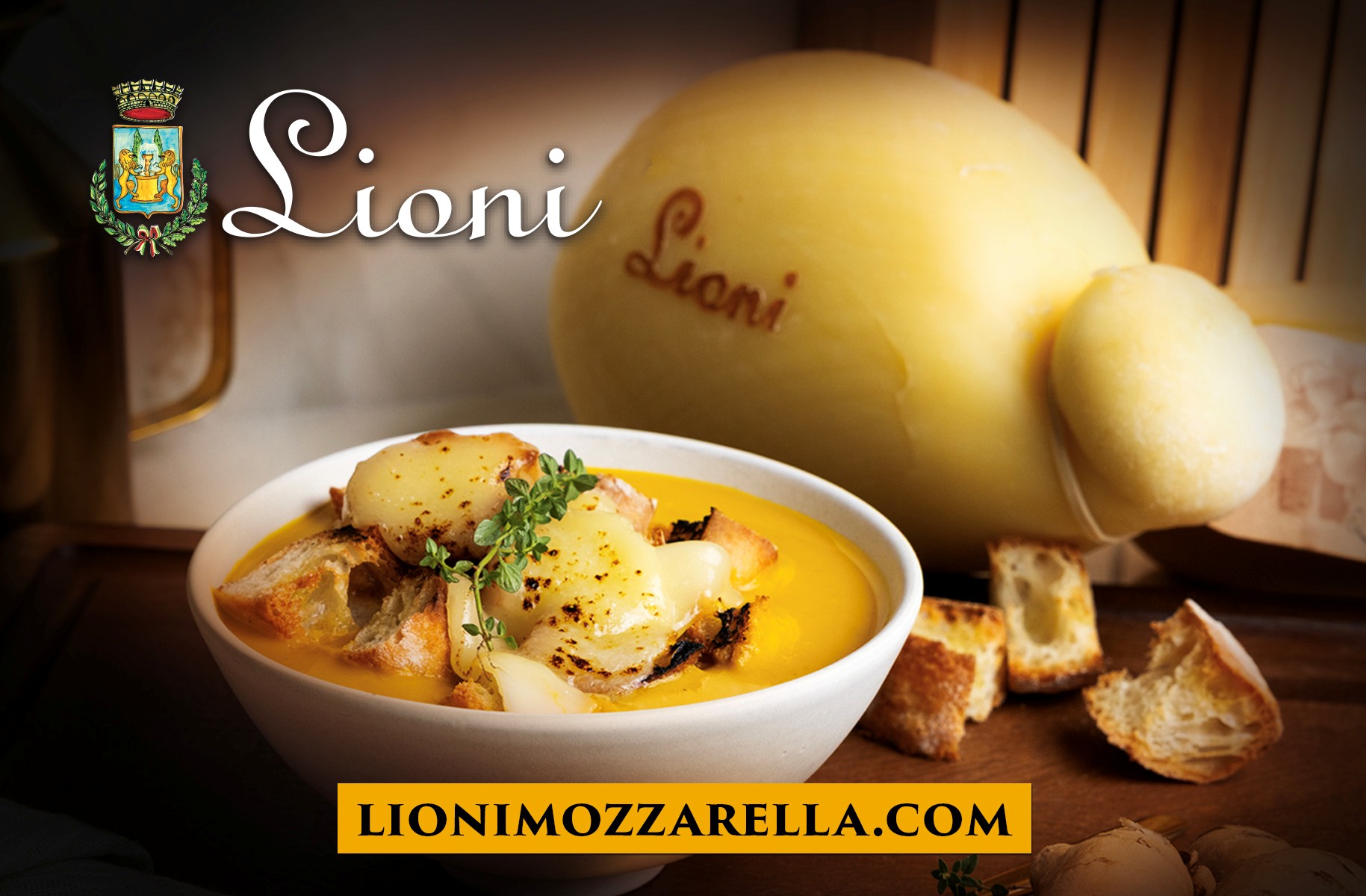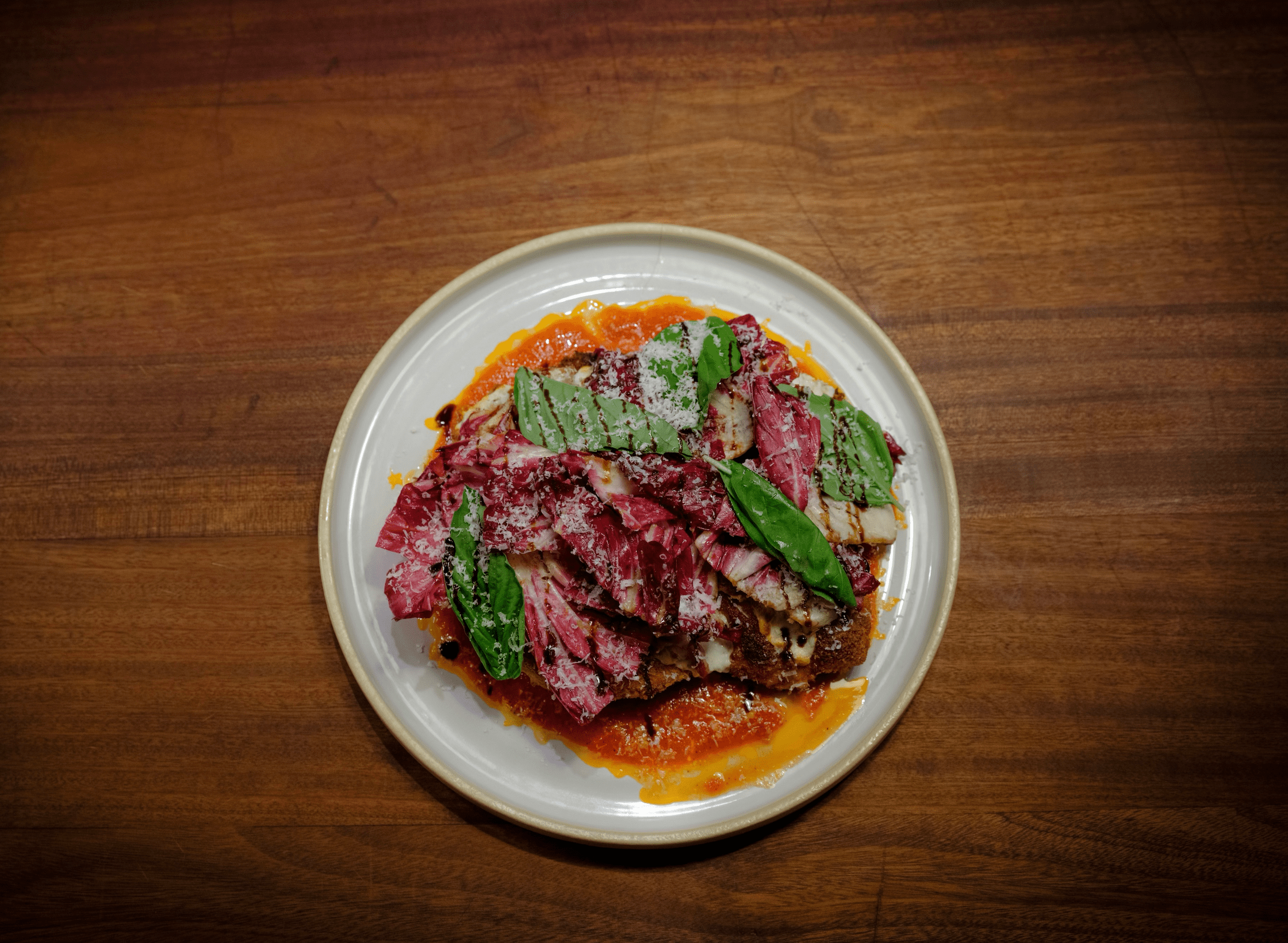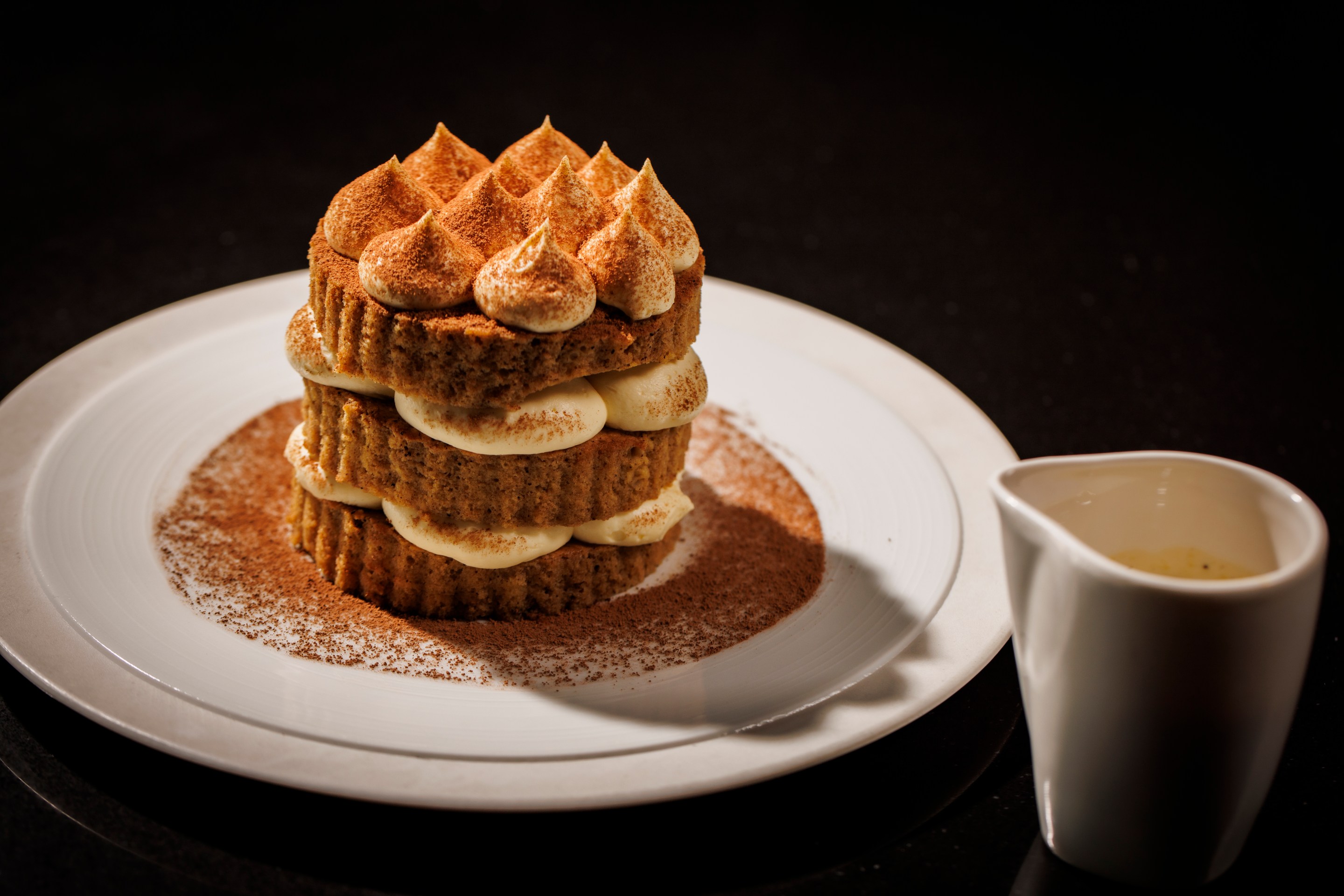National Prosecco Week takes place June 24-30, which means you should expect to see lots of bubbles in your social media feeds, as well in your glass at restaurants and shops that take part in the official national celebration. This also makes it a great time to drink Prosecco DOC, the world’s most popular sparkling wine, whether on its own or mixed into a spritz or cocktail.
Pour yourself a glass of Prosecco and learn (or freshen up your knowledge) about this special, affordable, drinkable, mixable sparkling wine from the Veneto and Friuli Venezia Giulia regions in Northeastern Italy.
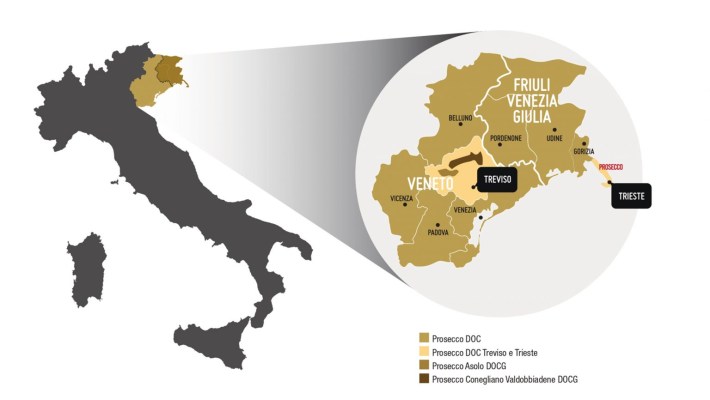
Here are 20 things to know about Prosecco DOC.
1. The primary grape used in Prosecco production is Glera. Other grape varieties that are allowed to be used in Prosecco DOC include Verdiso, Bianchetta Trevigiana, Perera, and Glera Lunga.
2. Prosecco is now considered the most popular sparkling wine in the world, with more bottles sold than French Champagne and Spanish cava combined, according to Forbes.
3. Production of Prosecco DOC has increased significantly, up to 638.5 million bottles in 2022 from 194.4 million in 2012.
4. Almost 27% of Prosecco DOC is imported to the United States.
5. National Prosecco Week is one of the annual activities from the Consorzio di Tutela del Prosecco DOC, established in 2009. The consortium promotes Prosecco DOC in many other ways, even with short films such as this:
6. Prosecco is great for drinking, of course, but it can also be used as an ingredient in cooking and baking, as in this lemon-glazed Prosecco Cake.
7. Prosecco DOC can be made in different styles:
Spumante: Fully sparkling wine, commonly known as Prosecco.
Frizzante: Lightly sparkling wine with gentler bubbles.
Tranquillo: Still (non-sparkling) Prosecco.
8. Prosecco DOC is the Controlled Designation of Origin. They oversee the quality and standard for Prosecco production.
9. How to tell if a bottle is official: a state label on the neck guarantees quality and authenticity, with “Prosecco DOC” written on the front label and “Product of Italy” written on the back.
10. Prosecco is made using the Charmot Method, also known as the Martinotti Method, which calls for a secondary fermentation in steel tanks, rather than in the bottle, as in the méthode champenoise. The National Prosecco Week website offers a more detailed look at how Prosecco is made.
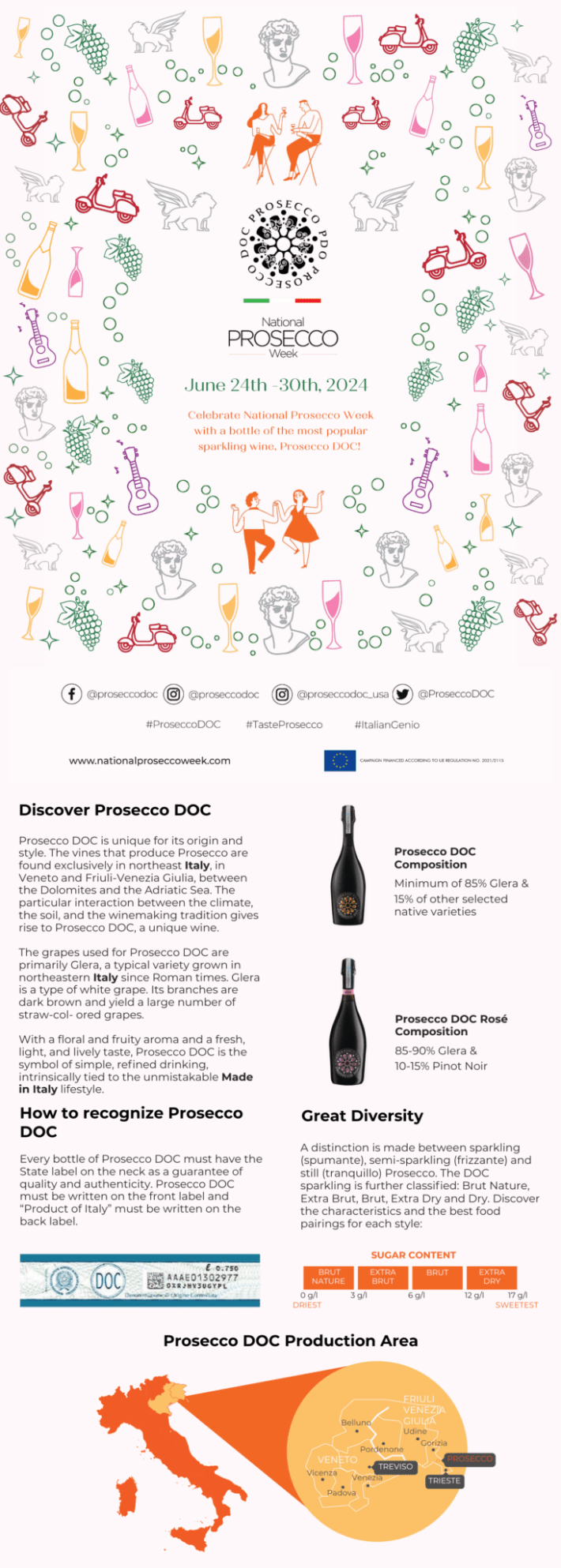
11. National Prosecco Week started modestly in 2018 with 73 U.S. retail stores and restaurants participating. More than 1,250 participated in the 2023 celebration.
12. Prosecco is affordable, with many bottles available in the $15-$25 range.
13. Another part of Prosecco’s popularity is due to its increased use in cocktails, particularly in the Negroni Sbagliato—where a bartender’s “mistake” replaced gin with Prosecco, creating a lighter, lower-ABV drink.
14. Of course, Prosecco is the main ingredient in a classic spritz, including the iconic Select Spritz and Aperol Spritz.
15. The Consortium added Prosecco DOC Rosé to its product regulation in 2020. The wine has a minimum 85% Glera with 15% Pinot Noir/Nero, the latter of which provides the light red coloring.

16. Prosecco is available in sweeter (labeled as dry) to drier (Brut). The driest, or least sweet, Prosecco is labeled as Zero or Exrta Brut, while the sweeter variations are Extra Dry and Dry.
17. Tasting Notes: Prosecco DOC is beloved for its refreshing flavors of green pear or apple, peach, and melon, and floral aromas.
18. Prosecco DOC is considered one of the most diverse wines for food pairing, a perfect match for seafood, grilled white meats such as pork or chicken (and fried chicken too!), antipasti, and spicy foods. It’s also considered a good pairing with sushi, Italian cheeses such as burrata and Grana Padano, and desserts including panettone.
19. Prosecco's history runs deep. What we now know as Glera grapes were turned into wine during the Roman Empire, referred to as Pucino wine by the Roman intellectual Pliny the Elder in his treatise Naturalis HIstoria.
20. You can celebrate National Prosecco Week simply by buying a bottle of Prosecco to enjoy at home, or use this guide to find a participating retailer or restaurant near you!

